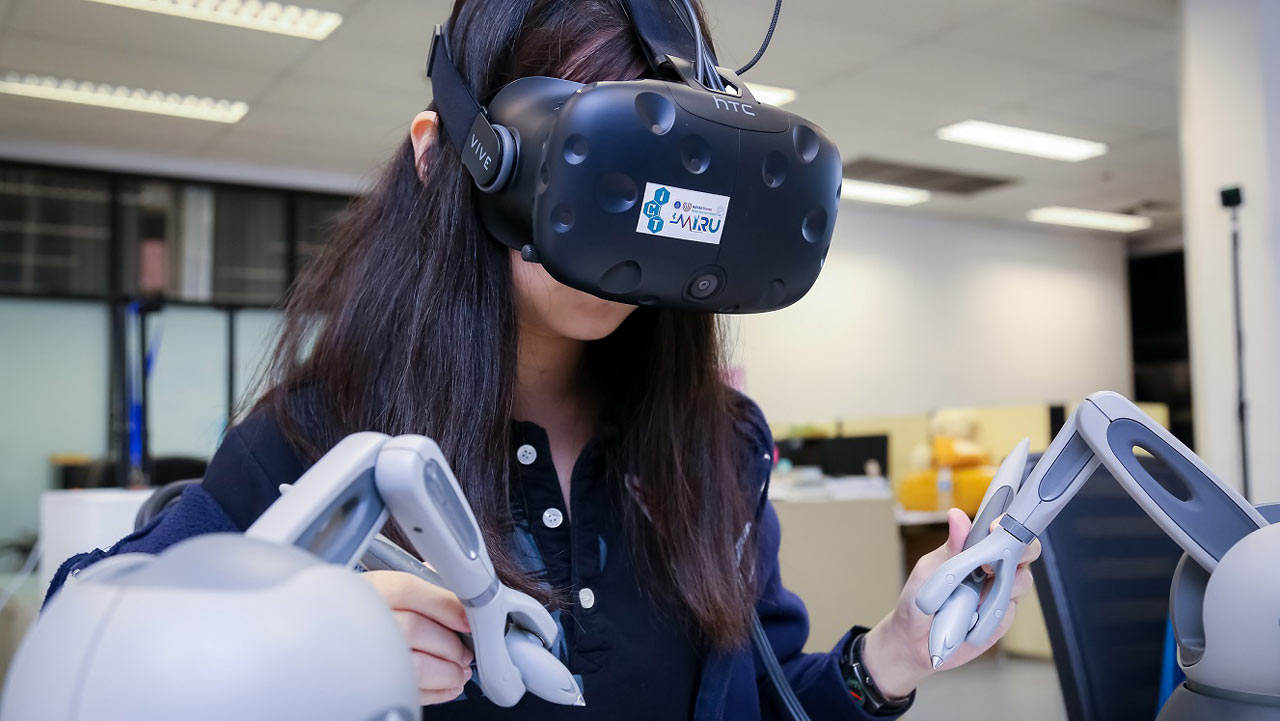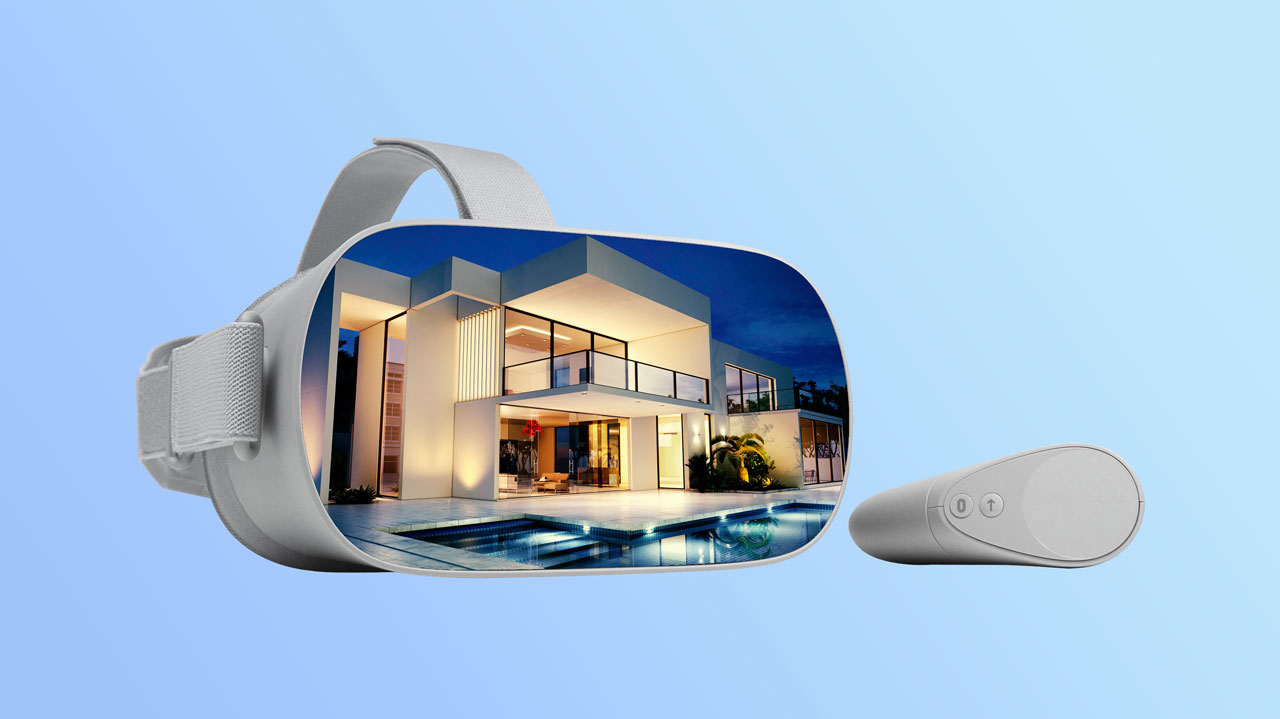There is a high chance that you have heard of virtual reality and augmented reality, but have you considered how much this will likely impact your future experiences? Probably not. So much of what you do today, things you do everyday, like shopping or meeting new people, were once done face to face, and not at your front door, or in your living room, but somewhere on the high street. Now, thanks to the likes of Amazon prime, ASOS and Tinder, the customer experience puts control at your fingertips, so you can buy and return whatever you like, or meet the person of your dreams without seeing a single soul, well, almost.
But, where does technology take you from here? If you think you have reached the peak of your digital experience, you are hugely mistaken. This is just the beginning. Tech geeks are finding more sophisticated ways to enhance “user experience” and you can bet that whenever they find a way, there is a company ready to implement it into your shopping experience.
Virtual and augmented reality has the capacity to make the world feel as updated as it did with the internet, but it’s application is probably far more impactful. Below are just a few examples of some of the ways it will touch your lives, but first, let’s discuss the difference between virtual reality and augmented reality.
Virtual reality is when you are immersed into an entirely digital world that looks 3D. All of your experience is provided through a headset and nothing in that reality exists outside of the headset. Augmented reality combines virtual components over your real life experience, so you can walk around your local park and slay dragons. Aside from the dragon, everything else is really there. Now that you understand, let’s consider their potential applications.
Real Estate
Finding the home of your dreams can be tiring. Pictures aren’t always accurate and sometimes you have to drive for 45 minutes just to find that out. Not anymore. With augmented reality, you will be able to tour and inspect prospect homes via your headset from anywhere in the world. It will be like walking around as though you are really there. You’ll be able to open cupboards, turn on the shower to see the water power and inspect every last detail.
Retail Industry
Ordering clothes online, only to return them days later is as common as pie. Companies like ASOS factor in a customer return rate into their pricing just to make sure they are not left out of pocket. With augmented reality, you will be able to see yourself in the clothes of your interest, so you can get an idea of how they will look before you order them for a final fit. You will also be able to see what furniture looks like in your home before buying it, and thank god. Returning a sofa isn’t easy.
Adult Entertainment
Ok, so it’s a little taboo, but virtual reality leaves nothing as hard as a rock unturned… on. VR Porn is a growing trend and for a variety of reasons. It lets you enjoy the scenes as though the actors were right in front of you – performing the act on a POV level. There’s no need to explain this in great detail, right?
Training
Reality based training is likely to replace or complement all existing training modules. Just think of hazard awareness training for drivers. Suspicious behaviour identification at airports and crowded places. First aid or medical procedure training, where trainee physicians can practice their skills on test subjects in stressful and demanding situations without risk to human life. The military have already begun using VR and augmented reality for scenario based training, so they can practice hostage rescue without risking casualties. Virtual and augmented reality provides a safe, controlled environment.

Therapy
It may be surprising to hear that virtual and augmented reality can be used to help people overcome traumatic experiences and phobias. It adds on the success of exposure therapy that aims to decrease people’s sensitivity to things that trigger anxiety, but from a place that’s physically detached from whatever it is that causes fear. Some examples include fear of flying or fear of spiders. The users know they are not on a plane, or near a spider, or on a plane with a spider, yet, they are immersed in a world where that appears to be the case. The idea is that after you have experienced it enough times without distress, the real life experience shouldn’t concern you.
The good thing about virtual/augmented reality applications is that you can really add on each experience, taking them further each time. You can go from seeing a spider on the wall, to watching a spider crawl on your lap. That spider can start as a house spider, but switch to a tarantula. It may sound crazy because who wants a trap door spider on their lap? But, in theory, once you have learnt to conquer your nerves, the little 8 legged freak running through your bathroom no longer requires a rescue team.
